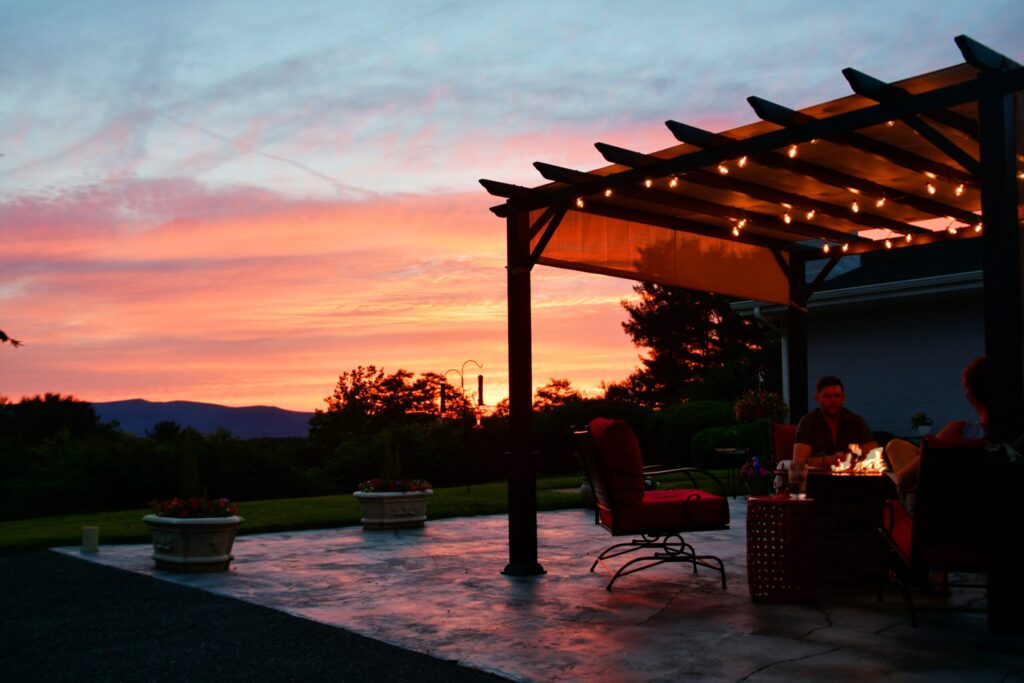Step-by-Step Guide To Installing a High-Quality Pergola Kit
The beauty of a pergola is undeniable—a stunning garden feature that creates an inviting outdoor room and adds a touch of elegance to any landscape. Whether it’s for a cozy reading nook, a space for vine plants, or an open-air dining area, the versatility of a pergola makes it a cherished addition to many homes. Selecting and installing the perfect pergola can be surprisingly straightforward if you have a clear guide. In this article, you’ll discover how to pick the right kit, prepare your installation area, assemble the structure, ensure its durability, and maintain its appearance for years to come.
Selecting the Right Pergola Kit for Your Outdoor Space
Beginning with the selection of a pergola kit, it’s essential to consider the size and style that will best complement your outdoor space. This means assessing the available area and the architectural design of your home. The pergola should be proportional to your garden and house, ensuring it enhances rather than overwhelms the setting.
Materials play a crucial role in both the aesthetics and longevity of your pergola. From wood to metal and vinyl, options vary widely. Wood offers a natural look, but requires more maintenance, while vinyl is durable and often requires less upkeep. For those who desire the classic charm without the maintenance concerns, a variety of high quality pergola kits are available in various finishes to emulate traditional materials.
Another factor to deliberate is the shade coverage you desire. Some pergolas feature dense top beams for more shade, while others offer a more open structure. Consider the angle of the sun during times you’re most likely to use your pergola and select a kit that provides the right balance between sunlight and shadow.
Lastly, check the quality of the pergola kit by examining customer reviews, warranty periods, and the reputability of the supplier. A high-quality kit will not only look better but will also stand up to the elements and time. Ensure that the kit includes all necessary hardware and instructions to facilitate smooth assembly.
Preparing the Installation Site for Your New Pergola

Once you’ve selected your pergola kit, site preparation is the next vital step. Start by clearing the desired area or backyard of any debris or vegetation that might interfere with installation. Leveling the ground where the pergola will stand is crucial to prevent an uneven or wobbly structure.
Consider the material of your base; pergolas can be installed on grass, concrete, or wood decking, but each surface may require a different treatment. A solid foundation is necessary for anchoring the pergola securely, so installing a concrete base or using heavy-duty footings can be worth the additional effort.
Before proceeding, it’s also important to identify and mark any underground utilities to avoid any hazardous or costly mistakes. This step should be combined with securing any necessary permits or approvals required by your local authorities to ensure your pergola complies with regulations.
Assembling the Pergola Components with Care and Precision
The assembly process is where attention to detail truly pays off. Begin by organizing all the components and reviewing the instruction manual thoroughly. Some kits may recommend having multiple people for the installation, so don’t hesitate to ask for assistance to make the process smoother and safer.
Proceed step by step, clipping or bolting the pieces together as directed. If your kit is wood, and pre-drilling is required, take the time to measure and drill carefully to avoid splitting. For metal or vinyl kits, ensure that the connections are tight to provide a sturdy framework.
Securing the Pergola Structure for Long-Term Durability

With the pergola assembled, the focus shifts to anchoring it firmly. This step is crucial for the safety of the structure, especially in areas prone to high winds or extreme weather. Use the recommended anchoring materials—this could involve concrete, heavy-duty screws, or other specialized hardware.
For wood pergolas, it might be necessary to treat the wood with sealants to protect it against rot, pests, and weather damage. Vinyl and metal pergolas may only need periodic checks to ensure bolts remain tight and the structure remains secure. Regardless of your kit’s material, take this time to fortify any vulnerable points.
If your pergola is installed on a lawn or natural surface, consider the landscaping around the base. This could involve adding decorative stones or plants that can help with erosion control while also enhancing the overall look. Consider integrating the pergola into your garden aesthetic for a cohesive outdoor design.
Overall, installing a high-quality pergola kit can be straightforward when you take the time to plan and execute each step carefully. With the right selection, preparation, assembly, securing, and maintenance, your pergola can provide years of beauty and function to your outdoor living space




